Saved from the Holocaust by non-Jewish families, many children were returned to a Jewish environment thanks to the enormous efforts of Jewish organizations. Two photo albums tell the story.
In cooperation with 'Segula; Jewish History Magazine'.
Thanks to Shara Palmor, a volunteer of the archive, who cataloged the albums.
The innocent faces of young Polish Jewish orphans peek brightly from between the brown covers of two unusual photo albums in the Central Zionist Archives. The albums document Jewish organizations’ efforts to find children who’d survived the Holocaust in non-Jewish homes and bring them to Palestine.
Many Jewish children were sheltered by Christian families or in monasteries, convents, and orphanages. Some foster families were paid for the risk they took, others volunteered. Though some acted simply out of mercy, others sought to raise the children as Christians, thereby saving their souls. After the war, with no relatives to claim them, these orphans often stayed put. Their foster homes were all they knew, and they felt attached to the families that had sheltered them – and to their Christian faith and culture.
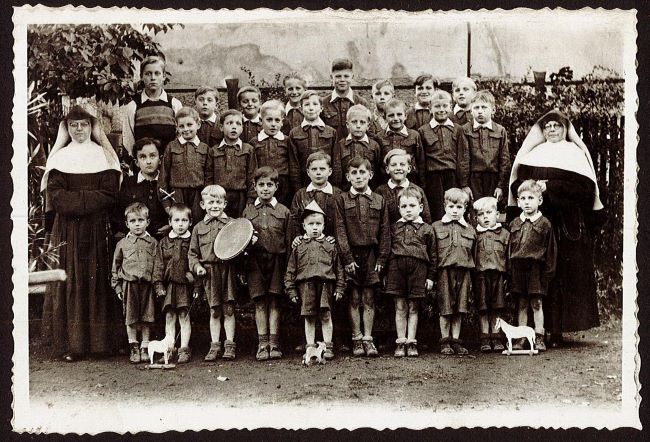
Christians saved Jewish children’s lives at great personal risk but also distanced them from their identity.
Yehiel Rabinovitch (front row, second from left) with his friends in the convent before his transfer to the
Zionist Coordination Committee (PHAL\1618431)
Retrieval or Redemption?
Had these children’s parents survived, they would never have accepted such a state of affairs. Thus, stepping into loco parentis, Jewish organizations in Mandate Palestine began looking for these hidden refugees, entrusting them to Jewish institutions in Poland until they could be brought to the Holy Land.
Overseeing these efforts was The Zionist Coordination Committee for the Redemption of Jewish Children (Koordynacja), established in November 1946 by the emissary of the Zionist youth movements, Arye Sarid, and active until the summer of 1949. Based in Łódź – Poland’s postwar Jewish center – its steering committee included representatives of various youth movements. The organization also assisted Jewish minors who’d ended up in Soviet Russia during the war. Repatriated to Poland under the agreements between the two countries, they’d received a totally secular education in Soviet and Polish institutions, utterly alienating them from anything Jewish.
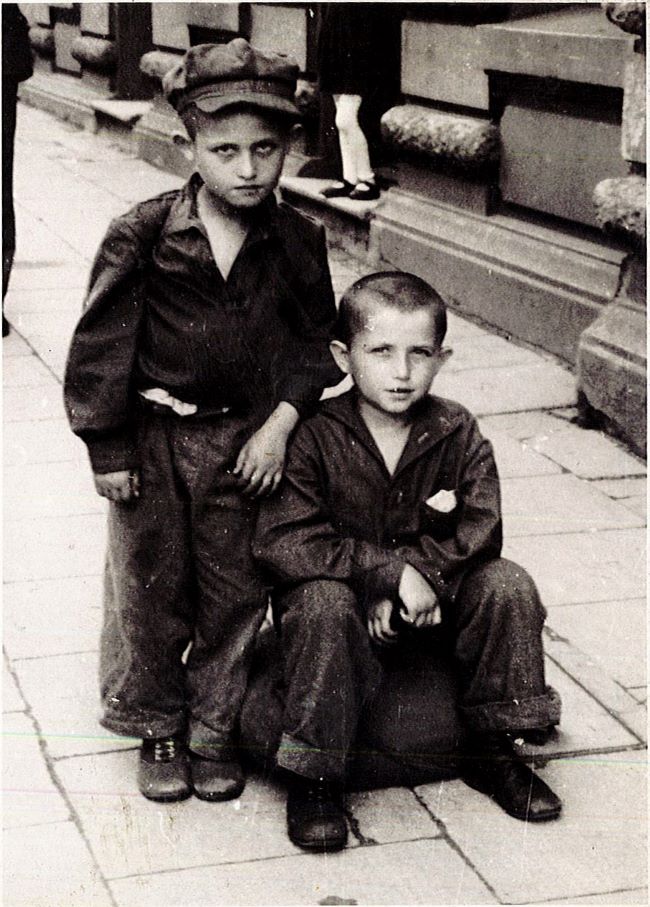
Yaakov Zviklik was killed in the German conquest of Poland. His wife, Feige, fled with their two sons to
Russia and died there. Barukh and Izik Zviklik were found in a Polish orphanage and entrusted to
the Zionist Coordination Committee (PHAL\1618339)
Extracting these orphans from the families or institutions with which they’d been placed was extremely expensive, as was catering to their medical and psychological needs. Funding came from the World Zionist Organization and from the American Jewish Joint Distribution Committee.
Locating the children was difficult. Some guardians actually brought them to the Zionist Coordination Committee, perhaps hoping for a reward. But others clung to their charges, necessitating legal action. To make matters worse, many children were hidden so young that they’d forgotten they were Jewish and didn’t even remember their real names. Often, it was only activists’ familiarity with the locals that enabled them to discover where Jewish children had been stashed and remove them, sometimes illegally.
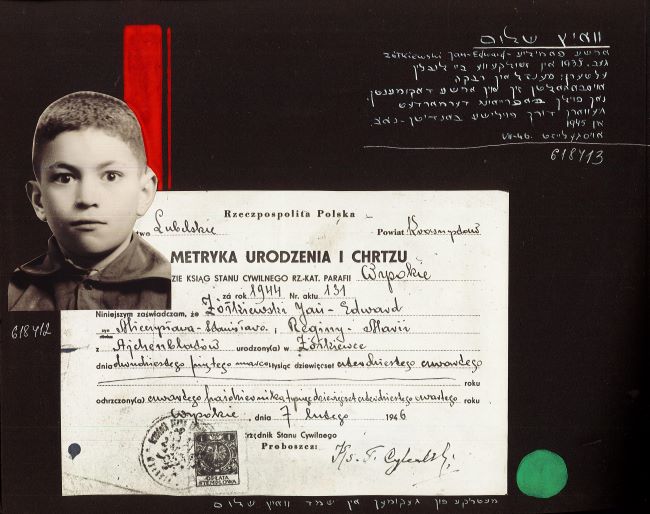
Every page of these albums tells a gripping story. Baptism certificate of Shalom Weitz, adopted by an Aryan family (PHAL\1618518)
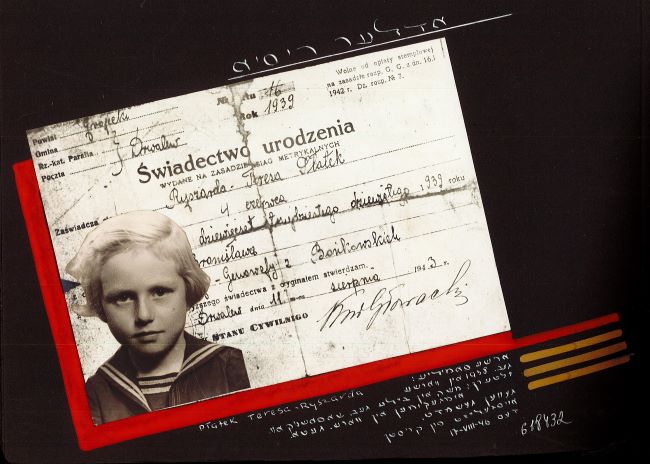
Reesia Adler and her birth certificate from Warsaw, with her picture. Her parents were murdered in the Warsaw ghetto; their will also appears in the album (PHAL\1618432)
The Lost Albums
The two photo albums mentioned above were prepared by the Coordination Committee and dedicated to various institutions. The albums contain carefully arranged passport pictures of the rescued children, some accompanied by documents revealing their stories. Short biographies handwritten in Yiddish detail when and how the youngsters were found – or “redeemed,” as the activists called it. Also included are photos of the children’s new lives in Jewish institutions in Poland. Many photos appear in both albums, including group shots of youth workers with their charges.
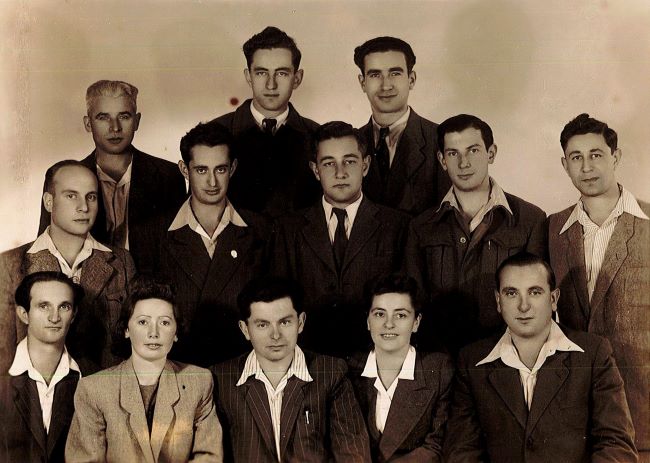
The members of The Zionist Coordination Committee for the Redemption of Jewish Children (PHAL\1618440)
The albums were presented to rescue workers to mark their return to Mandate Palestine. Fifteen such keepsakes have been located, mainly in the Ghetto Fighters’ Archive. One of the two albums recently identified in the Central Zionist Archives was brought to the twenty-second Zionist Congress in Basel, held in December 1946. The other was given to Yitzhak Gruenbaum and the Jewish Agency Rescue Committee during a visit to Poland in September 1947.
A member of the Jewish Agency Executive, Gruenbaum headed the Rescue Committee. On his initiative, the Coordination Committee was brought under the auspices of the Rescue Committee and merged with a similar organization run by Yeshayahu Drucker of the Mizrahi religious Zionist movement. The Yiddish dedication in Gruenbaum’s album reads:
"This album tells the story of Jewish children from Poland who were miraculously
saved from the German and Polish murderers by good people.
One or both of [these children’s] parents were killed in the concentration camps or
fighting in the Russian or Polish armies.
The Central Zionist Coordination Committee for the Redemption of Jewish Children
in Poland undertook the task of returning these Jewish youngsters to their faith
and educating them in the spirit of Jewish nationalism."
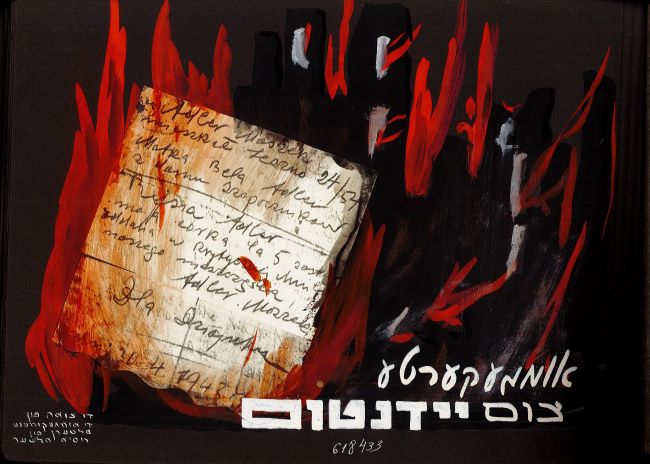
The opening page of the album: the will of Reesia Adler's parents (PHAL\1618433)